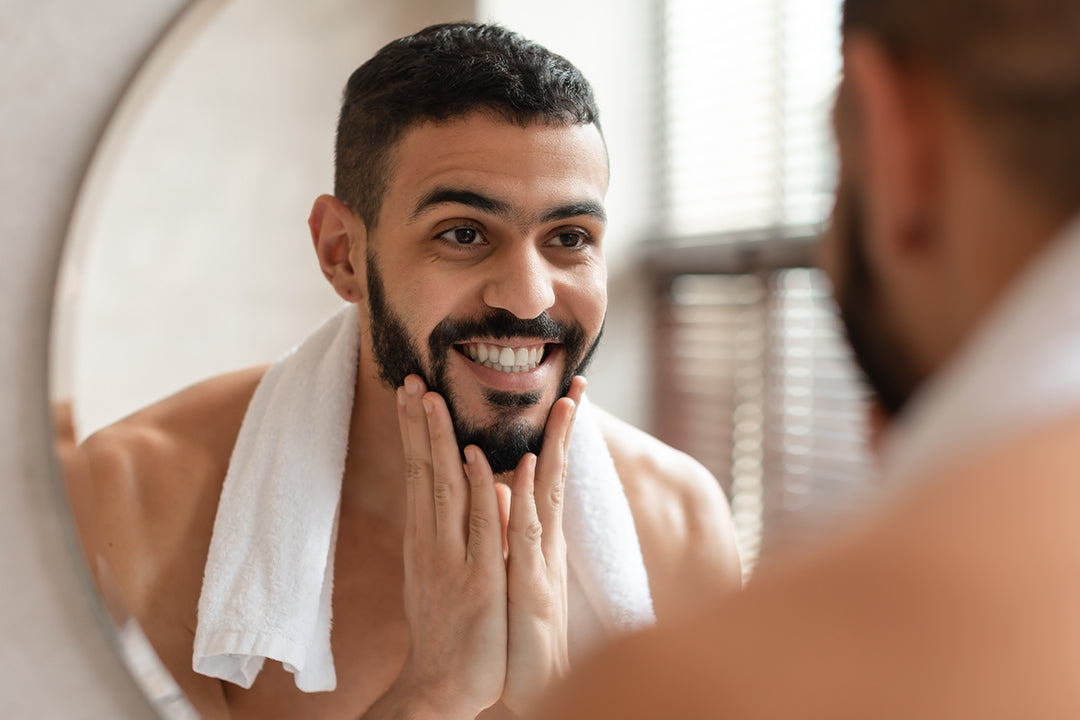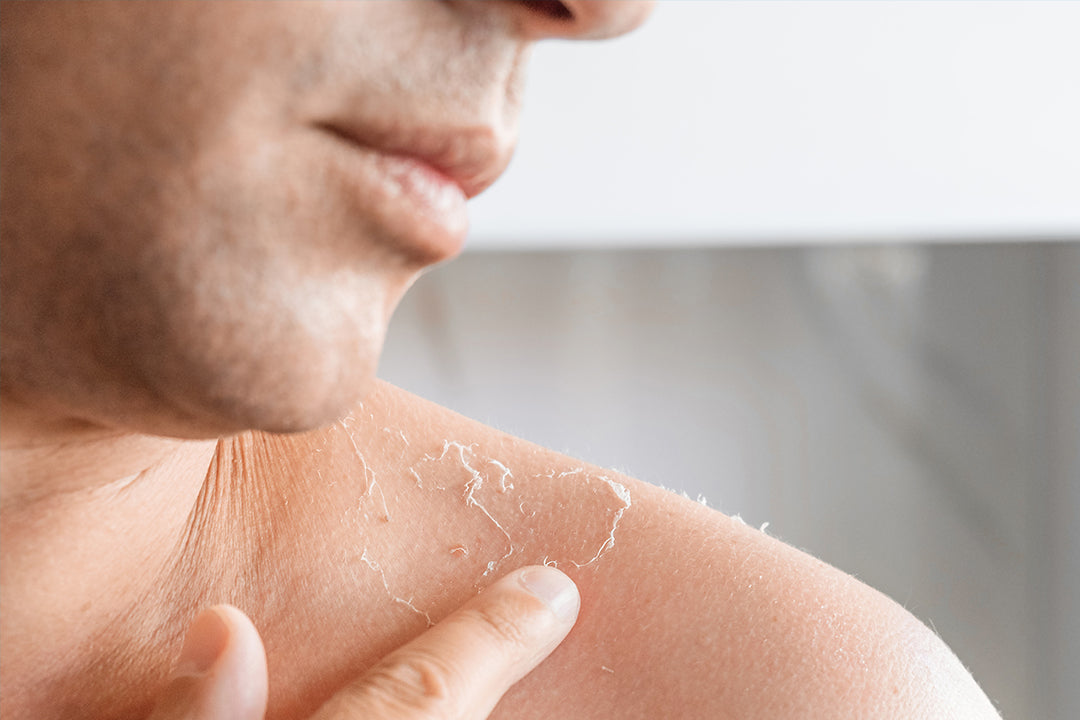Have you ever wondered about the small spots on your skin? Are they moles or beauty marks? While they may seem similar, there are distinct differences between the two. In this blog post, we will explore the characteristics of moles and beauty marks, how to identify them, and whether they pose any health concerns.
What Are Moles?
Moles, also known as nevi, are small, pigmented spots that can appear anywhere on your body. They are usually brown or black in color and can be flat or raised. Moles are formed when melanocytes, the cells responsible for producing melanin, grow in clusters instead of spreading evenly throughout the skin. Most moles are harmless and develop during childhood or adolescence. However, some moles may change in size, shape, or color over time, which could be a sign of skin cancer.
What Are Beauty Marks?
Beauty marks, also referred to as beauty spots, are small, dark spots that are often considered attractive. Unlike moles, beauty marks are usually flat and have a round or oval shape. They can appear anywhere on your body, but are commonly found on the face, neck, or shoulders. Beauty marks are caused by an increased concentration of melanin in a particular area of the skin. While they are generally harmless, it is essential to monitor any changes in their appearance.
What's the Difference Between a Freckle and a Mole?
While discussing beauty marks, it's important to mention freckles, as they are often confused with moles. Freckles are small, flat, tan or light brown spots that develop as a result of sun exposure. Unlike moles, freckles are not caused by an increased number of melanocytes, but rather an increase in melanin production in specific areas of the skin. Freckles tend to fade or darken depending on sun exposure, whereas moles and beauty marks typically remain constant in color and shape.
Can Freckles Turn Into Moles?
It is unlikely for freckles to turn into moles. Freckles and moles are distinct skin conditions with different causes. Freckles are temporary and mainly caused by sun exposure, while moles are usually present from birth or develop during childhood. However, it is important to monitor any changes in the appearance of both freckles and moles to detect any potential signs of skin cancer.
Can Moles and Freckles Become Cancerous?
While most moles and freckles are harmless, some may develop into skin cancer. It is crucial to perform regular self-examinations and be aware of the ABCDEs of melanoma: asymmetry, border irregularity, color variation, diameter larger than 6 millimeters, and evolving or changing characteristics. If you notice any changes in size, shape, color, or texture of your moles or freckles, it is recommended to consult a dermatologist for further evaluation.
How Moles and Freckles are Treated
In most cases, moles and freckles do not require treatment unless they pose a risk of skin cancer or are causing cosmetic concerns. If a mole or freckle is suspected to be cancerous, a dermatologist may perform a biopsy to remove a small portion of the spot for further examination. Cosmetic treatments such as laser therapy or cryotherapy can be used to lighten or remove beauty marks or freckles for aesthetic purposes.
Signs You Need to Get Your Skin Checked
While moles and beauty marks are generally harmless, it is essential to monitor any changes in their appearance. Here are some signs that indicate the need to get your skin checked:
- A sudden change in the size, shape, or color of a mole or beauty mark
- Bleeding, itching, or crusting of a mole or beauty mark
- A new mole or beauty mark that develops in adulthood
- A mole or beauty mark that stands out from others on your body
- A mole or beauty mark that is larger than a pencil eraser
If you notice any of these signs, it is recommended to consult a dermatologist for a thorough examination.
Takeaways
Understanding the difference between moles and beauty marks is essential for maintaining healthy skin. While moles are clusters of melanocytes that can develop into skin cancer, beauty marks are concentrated areas of melanin that are generally harmless. Both moles and beauty marks can be unique features that add character to your appearance. However, it is crucial to monitor any changes in their appearance and consult a dermatologist if necessary. Remember to protect your skin from excessive sun exposure and embrace your natural beauty!
FAQs
Q1. Can moles or beauty marks be removed?
In most cases, moles and beauty marks do not require removal unless they pose a risk of skin cancer or are causing cosmetic concerns. If removal is desired for cosmetic purposes, various treatment options are available, including laser therapy and cryotherapy.
Q2. Are moles or beauty marks hereditary?
There is a genetic component to the development of moles and beauty marks. If your parents or close relatives have a history of moles or beauty marks, you may be more likely to have them as well.
Q3. Can I use skincare products on moles or beauty marks?
It is generally safe to use skincare products on moles and beauty marks. However, it is important to avoid applying harsh or abrasive products directly on these areas, as it can irritate the skin. If you have any concerns, it is best to consult a dermatologist for personalized advice.
Remember, your skin is unique and beautiful just the way it is. Embrace your moles, beauty marks, and all the little quirks that make you who you are. If you have any concerns about your skin, it is always a good idea to seek professional advice. Take care of yourself, and remember to love the skin you're in!









